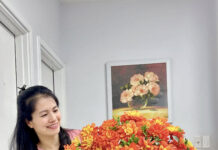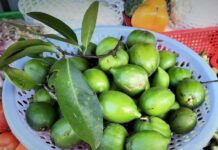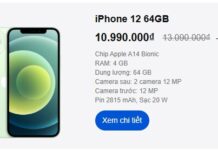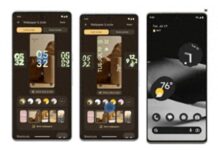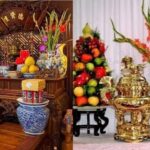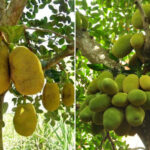The flower mentioned here is called the Udumbara, a rare and spiritually significant blossom. Udumbara flowers are tiny, pure white, and grow quietly on metal surfaces or even stone, often associated with auspicious signs and spiritual realms in Buddhist beliefs.
What is the Udumbara flower?
Derived from Sanskrit, the name “Udumbara” translates to “sacred flower from heaven,” appearing once every few millennia, foretelling the arrival of an enlightened being or a Buddha.
In Buddhist scriptures, the Udumbara is not an annual bloomer like common flowers; instead, it takes 3,000 years for it to reveal itself. Thus, its appearance is often tied to extraordinary events.

These flowers are minuscule, with stems as delicate as silk threads, blooming in clusters of 1 to 3 flowers, pristine white in color. Interestingly, Udumbara flowers do not sprout from the earth but are often found on metal, glass, Buddha statues, or even clothing and walls. This adds to the mystique and spiritual significance of this flower.
Spiritual Origin and Significance of Udumbara Flowers
In the Lotus Sutra and other ancient scriptures, the Udumbara is described as a “descent from the heavens,” bringing auspicious signs and foretelling the arrival of enlightened beings. In China, Korea, Vietnam, and even the United States, many have claimed to witness the blooming of Udumbara flowers, believing it to be a harbinger of peace, enlightenment, and positive shifts in global destiny.
Buddhist monks and devotees interpret the appearance of Udumbara as a cosmic message: to live with kindness, love, and heightened awareness in a world often filled with competition and strife.

Real Flower or Natural Phenomenon? Do They Really Bloom Only Once Every 3,000 Years?
Some believe that the “Udumbara flower” may be a type of parasitic fungus or nematode. According to scientists, these “tiny white flowers” could be insect eggs or slime mold growing in damp conditions. Under a microscope, their biological structure differs from that of true flowers.
However, the scientific perspective does not diminish the spiritual significance of Udumbara flowers for many believers. In the spiritual realm, faith can create power, and sometimes, a sacred symbol holds more value than empirical explanations.
The belief that Udumbara flowers bloom only once every 3,000 years is considered a symbolic and approximate figure by many.
To this day, information about Udumbara flowers remains shrouded in mystery, with many unanswered questions and theories.
Udumbara Flowers in Vietnam
In Vietnam, numerous individuals have shared images of Udumbara flowers growing on Buddha statues, incense burners, door handles, and more, sparking intrigue. Particularly in ancient temples in Hue, Hanoi, and Ho Chi Minh City, Buddhist followers view these flowers as auspicious signs, symbolizing awakening and peace.
Many who have witnessed Udumbara flowers firsthand have experienced a sense of lightness and calm amid life’s pressures. Perhaps this is why these flowers are considered messengers from the Buddha, reminding us of miracles and enlightenment.
Message from the Mystical Flower
Whether the Udumbara is a natural phenomenon or a spiritual sign, these flowers convey a profound message: to slow down, reflect, and cultivate gratitude and love. Sometimes, the miracle lies not in the flower’s form or origin but in the emotions and faith it evokes.
In our fast-paced modern world, a tiny flower like the Udumbara can silently move the hearts of millions. It reminds us that there is still room for miracles, enlightenment, and awakening in our lives.
Some sources suggest that Udumbara flowers resemble mold. If they are genuine flowers, they should emit a pleasant fragrance, whereas mold typically has a musty odor.
Reference for contemplation
Why Do Ancestors Instruct to Place the Flower Vase for Incense on the Altar to the Left? The Rich Pay Close Attention to This
The act of placing a vase of flowers on the ancestral altar holds great spiritual significance. Our ancestors believed that this simple act of reverence was an important part of connecting with the divine and paying respect to the departed. It was a tradition that was held in high regard and passed down through generations, with elders emphasizing its importance to their descendants.
The Ultimate Guide to Tet’s Five-Fruit Tray: 5 Tips for Attracting Good Fortune and Prosperity Across Vietnam
The Tet holiday is a significant celebration in Vietnam, and an essential part of this festive occasion is the offering of a tray of five types of fruits on the family altar. This tradition is followed by families in all three regions of the country – the North, Central, and South – each presenting their own unique take on this customary practice, symbolizing their hopes for a prosperous and fortunate year ahead. This article will guide you through the art of arranging a bountiful five-fruit tray, bringing abundance and good luck to your household for the entire year.










